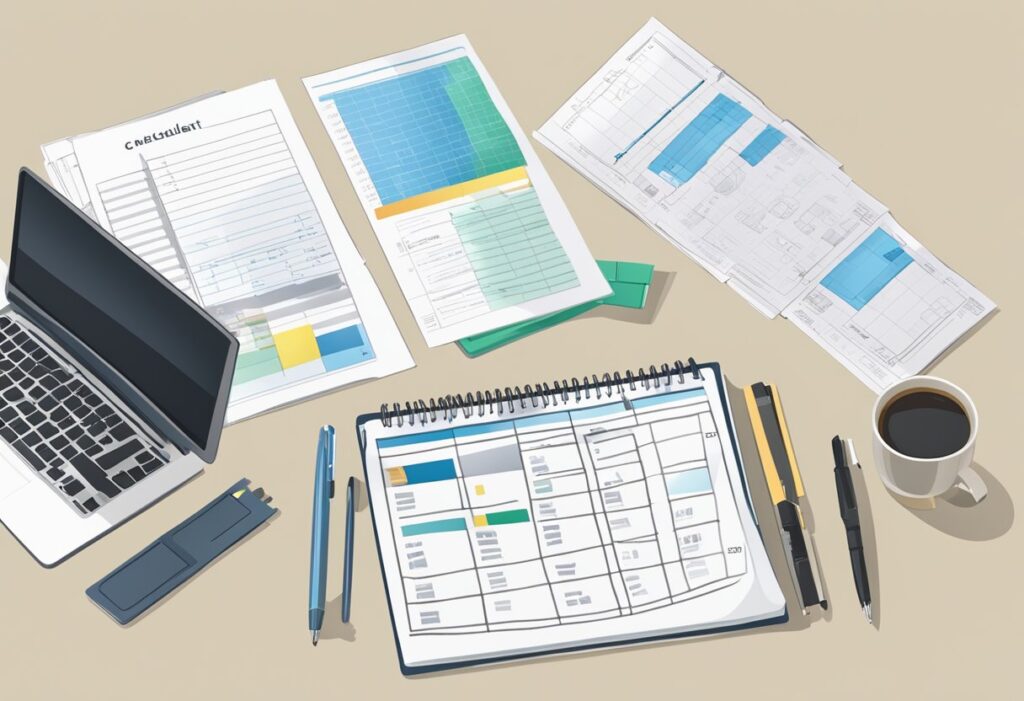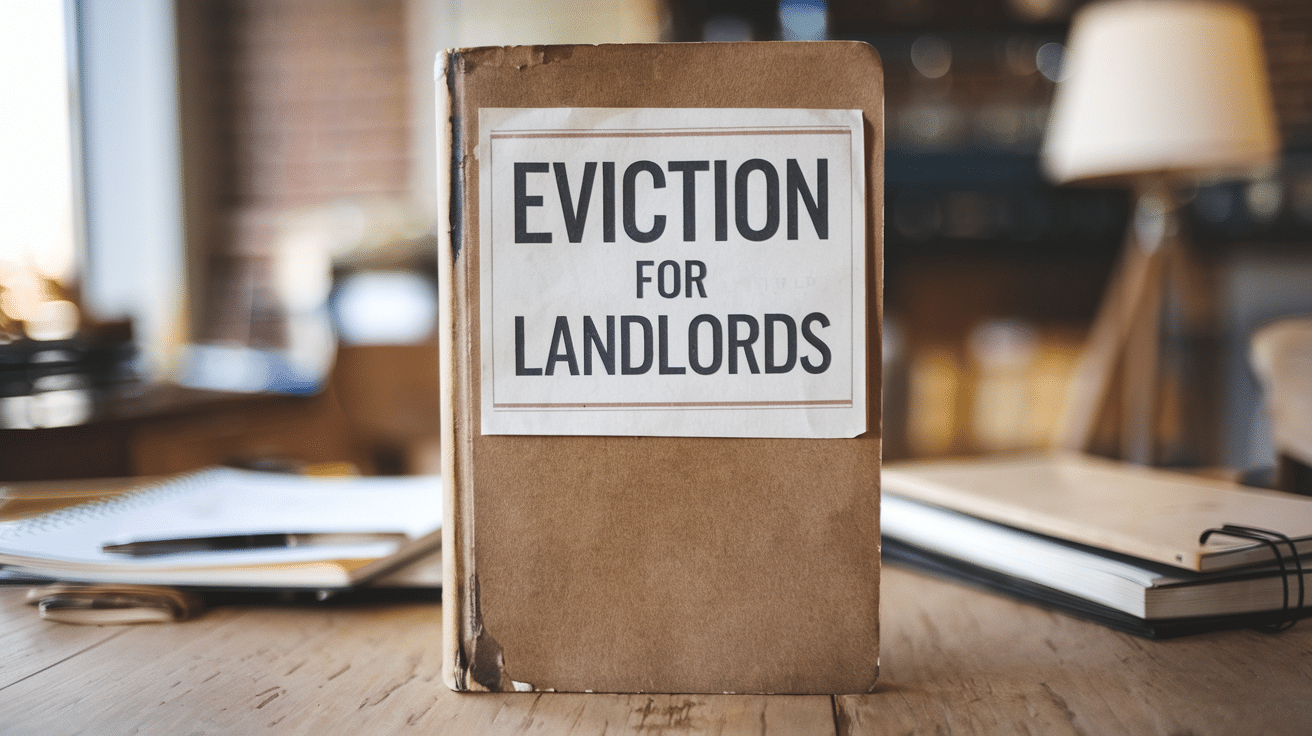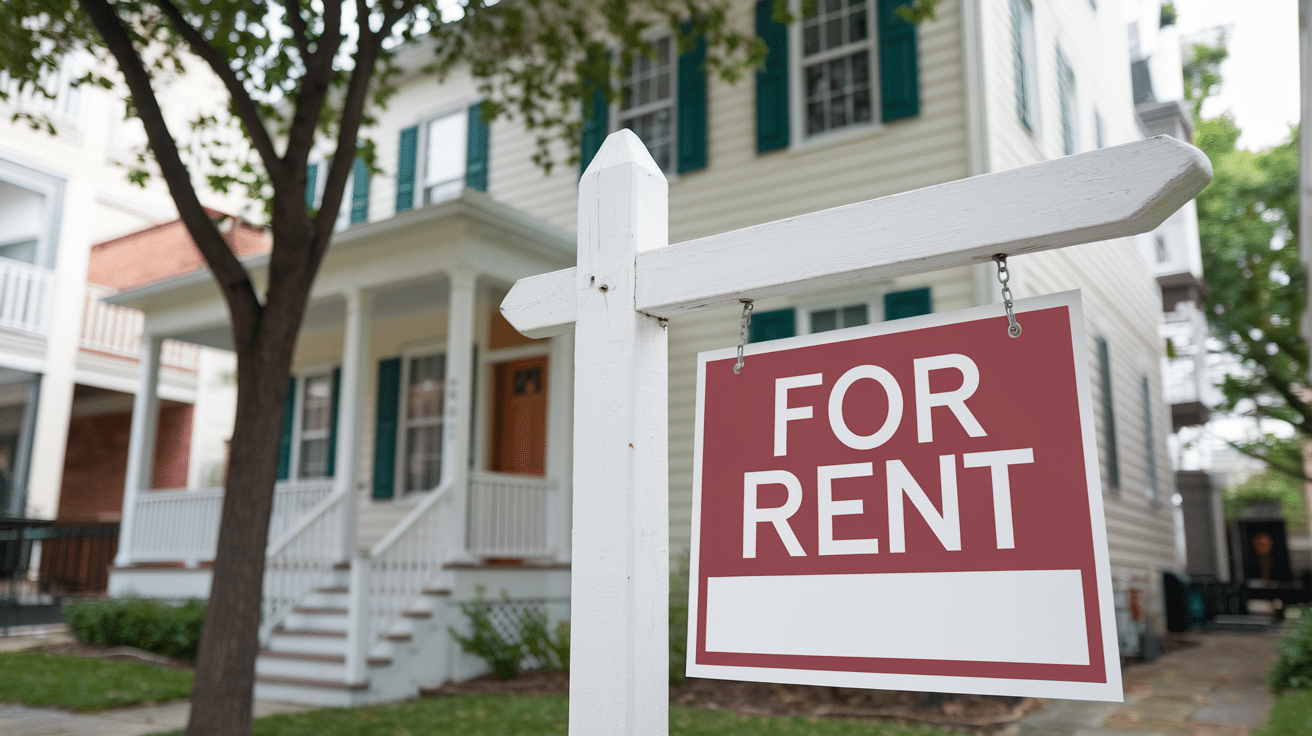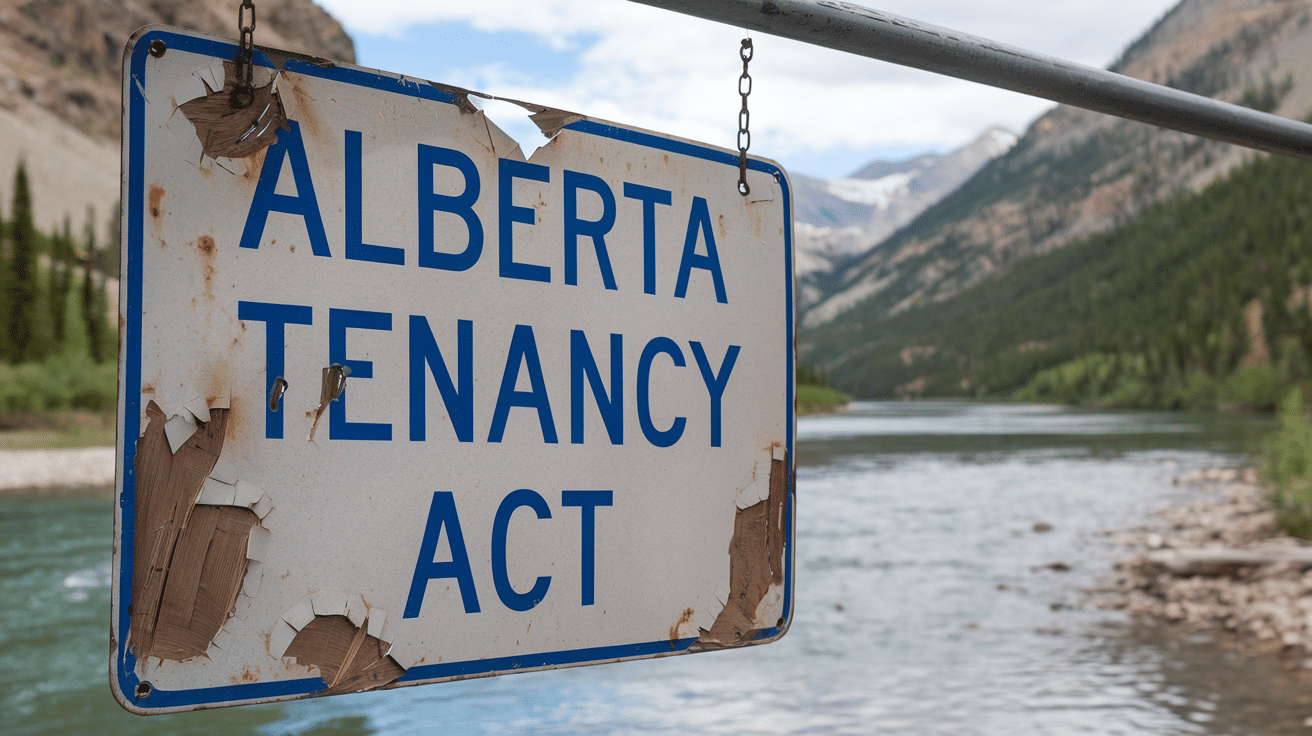Auditing a property keeps its value high and makes sure it runs smoothly. If you’re a property manager, owner, or auditor, knowing how to conduct a property audit is key. On the advice of Property Managers Edmonton, this guide takes you through every step, helping you find ways to improve and boost the property’s efficiency.
Planning is the foundation of a successful property audit. By setting clear objectives and involving the right experts, you can ensure a comprehensive review of the property. From assessing the current state to preparing necessary documents, each step is designed to streamline the audit process and ensure that no detail is overlooked.
Conducting the audit involves on-site inspections, interviews, and data analysis. It’s important to thoroughly examine all aspects of the property, from structural integrity to energy efficiency. The final report should provide actionable recommendations that can enhance the property’s performance and value.
Key Takeaways
- Clear planning and objectives are crucial
- On-site inspections and data analysis are essential
- Actionable recommendations improve property performance
Planning and Preparing for a Property Audit

Property audits are crucial for ensuring compliance and financial integrity. To effectively plan and prepare, several key steps must be taken, including defining clear audit objectives and assembling a skilled audit team that understands the legal and regulatory landscape.
Defining Audit Objectives
Defining audit objectives is the first step in preparation. Goals must be specific, measurable, and time-bound. Auditors need to understand what they are trying to achieve, such as verifying financial transactions, ensuring legal compliance, or assessing risk management practices.
It’s important to outline the audit’s scope. Will it include only certain properties or all assets managed? Objectives might also include checking documents like property management agreements and trust accounts. Clear objectives guide the audit process and ensure that resources are used efficiently.
Assembling the Audit Team
Choosing the right professionals for the audit team is essential. This team should include experienced auditors familiar with property management and related regulations. A mix of skills is beneficial, such as financial analysis, legal expertise, and risk management.
Resource allocation is crucial. Each team member should know their responsibilities and deadlines. Effective communication within the team ensures that everyone is aware of the audit’s progress and any issues that arise. Coordinated efforts enhance efficiency and lead to a more thorough audit.
Understanding Legal and Regulatory Requirements
Legal and regulatory requirements must be well understood by the audit team. They need to review policies and standards that apply to property management, such as relevant ISO standards or local government regulations. Staying compliant is not just a goal but a necessity.
Compliance checks can include property listings, transaction records, and other documentation. Being familiar with these regulations beforehand can help avoid legal issues and financial penalties. Ensuring that all materials and processes meet the required standards is key to a successful audit.
Creating the Audit Plan
Creating a detailed audit plan is the final preparation step. This plan should outline the audit’s methodology, such as how data will be collected and analysed. It should also include a timeline and resource allocation strategy.
The plan must detail specific tasks, like reviewing financial statements or operational processes. Using a checklist can ensure no steps are missed. Stakeholder engagement is also important. Communicating the plan to business stakeholders ensures that everyone is on the same page and supports the audit’s objectives.
A well-crafted audit plan sets the stage for a smooth and successful audit, providing a clear roadmap for the audit team to follow.
Conducting the Audit and Reporting Findings

This section covers the steps involved in conducting the audit, collecting and analysing data, identifying efficiency improvements, drafting the audit report, and communicating with stakeholders, emphasizing practical and effective methods.
The Audit Procedure
The audit procedure starts with an initial meeting to clarify objectives. Auditors review financial records, utility bills, and energy usage data. They develop a comprehensive checklist outlining key areas to examine, such as energy consumption, lighting, and heating and cooling systems.
Next, auditors perform a thorough investigation. This includes site visits, system inspections, and interviews with key personnel. Each area is examined for performance and efficiency to identify potential cost-saving measures.
Auditors document their findings meticulously. Evidence is collected through photographs, equipment readings, and maintenance records. This ensures an accurate and detailed understanding of the property’s current state.
Collecting and Analysing Data
Data collection is critical in understanding the efficiency and operations of the property. Auditors gather detailed records of energy consumption, including utility bills over a significant period. They also review equipment and system performance data.
Using specialized software tools, auditors analyse the data, looking for trends and anomalies in energy usage. Key areas, such as lighting and insulation, are scrutinized for inefficiencies. They also compare the data against industry benchmarks to identify improvement areas.
Data from interviews, surveys, and physical inspections is combined with documented evidence to paint a comprehensive picture of the property’s operational efficiency. This holistic approach ensures that the key inefficiency areas are identified clearly.
Identifying Efficiency Improvements
The auditors review all collected data to pinpoint specific areas where efficiency can be improved. They look at energy efficiency opportunities such as upgrading lighting to LEDs, improving insulation, or optimising heating and cooling systems.
The feasibility of each improvement is assessed in terms of cost, benefits, and expected savings. Auditors consider initial investment costs and long-term advantages like reduced energy bills and improved operational efficiency.
Recommendations for efficiency improvements are made based on their potential impact. For instance, a switch to energy-efficient lighting could offer substantial savings, while better insulation may enhance heating and cooling efficiency significantly.
Drafting the Audit Report
The audit report is meticulously drafted to document all findings and recommendations. It includes detailed sections on audit procedures, data analysis, and identified improvement areas.
A summary of significant findings and specific efficiency recommendations is included. Each suggestion is supported by data and evidence collected during the audit, highlighting its importance and potential impact on the property.
The report also includes a proposed action plan that outlines the next steps, costs involved, and expected benefits. This plan serves as a roadmap for implementing the recommended changes, ensuring a structured approach to improving property efficiency.
Communicating with Stakeholders
Effective communication with stakeholders is essential for the successful implementation of audit recommendations. This begins with a presentation of the audit report to key stakeholders, including property managers, owners, and relevant personnel.
Auditors explain their findings and recommendations clearly, providing evidence and data to support their conclusions. They address any questions or concerns raised by stakeholders to ensure full understanding and trust in the audit process.
Continued engagement with stakeholders includes regular follow-ups and updates on the implementation of recommendations. This ongoing communication helps maintain accountability and ensures that the benefits of the audit are realized effectively.






